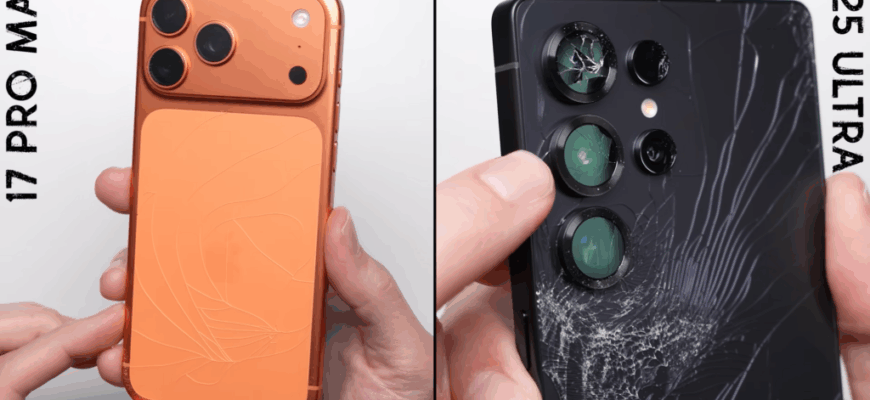Apple`s annual September keynote is typically a spectacle of innovation, design, and carefully crafted aspirations. This year, the September 9th event introduced the highly anticipated iPhone 17 series, featuring the standard iPhone 17, its Pro and Pro Max siblings, and a notable new entrant: the ultra-slim iPhone Air. While the global tech community buzzed with excitement, early market data from Russia offers a fascinating, and somewhat stark, glimpse into real-world consumer preferences.
According to retail giant M.video-Eldorado, pre-orders in Russia have painted a clear picture: consumers are overwhelmingly gravitating towards the pinnacle of Apple`s smartphone offerings. The iPhone 17 Pro Max, the undisputed heavyweight champion of the lineup, has captured a staggering 42% of all new iPhone pre-orders. This figure alone speaks volumes about where the discerning tech buyer`s priorities lie.
In stark contrast, the much-touted iPhone Air, designed with a focus on extreme thinness and lightness, garnered a mere 4% of pre-orders. It seems the promise of a featherlight experience wasn`t quite as weighty in consumer minds as raw power, advanced camera systems, and extended battery life. One might infer a certain irony here: the “Air” designation, usually associated with groundbreaking portability and widespread appeal in other Apple product categories, appears to have missed its mark in the competitive smartphone arena, at least in this specific market. Consumers, it seems, are not merely buying a phone; they are investing in a comprehensive mobile computing experience, and for many, compromises on features for the sake of thinness simply don`t justify the cost.
This significant disparity suggests a maturing smartphone market where users, when presented with a spectrum of choices, tend to either opt for the most capable, feature-rich device available or choose a more value-oriented, standard model. The “middle ground” occupied by the iPhone Air, perhaps lacking a truly compelling unique selling proposition beyond its form factor, struggled to carve out its niche against its more robust siblings.
Despite the iPhone Air`s tepid reception, the overall sentiment for the iPhone 17 series in Russia remains robust. The base iPhone 17 model, for instance, saw pre-orders jump 2.5 times compared to its predecessor, the iPhone 16, at a similar stage last year. This indicates a healthy appetite for Apple`s latest generation of smartphones across different price points, underscoring the brand`s enduring appeal.
Furthermore, the data reaffirms the strength of the broader Apple ecosystem. Demand for complementary devices, such as the AirPods Pro 3 and the Watch Ultra 3, also saw significant boosts in pre-orders. This trend highlights a crucial aspect of Apple`s strategy: once users are embedded within the ecosystem, they are more likely to upgrade and expand their suite of Apple devices, creating a powerful network effect that transcends individual product performance.
What does this tell us about the future of smartphone design and consumer psychology? It suggests that for a significant portion of the premium segment, “more” still translates to “better.” Features like advanced photographic capabilities, superior display technology, robust performance for demanding applications, and extended battery life appear to trump mere aesthetic refinement or incremental reductions in thickness. For Apple, this initial Russian market feedback might prompt a re-evaluation of how it positions future “Air” branded devices within its highly stratified product lineup, or perhaps, a deeper dive into understanding what exactly consumers expect from a thin-and-light smartphone that isn`t already offered by its standard models. The market has spoken, and for now, power and prestige are clearly carrying more weight than air.






